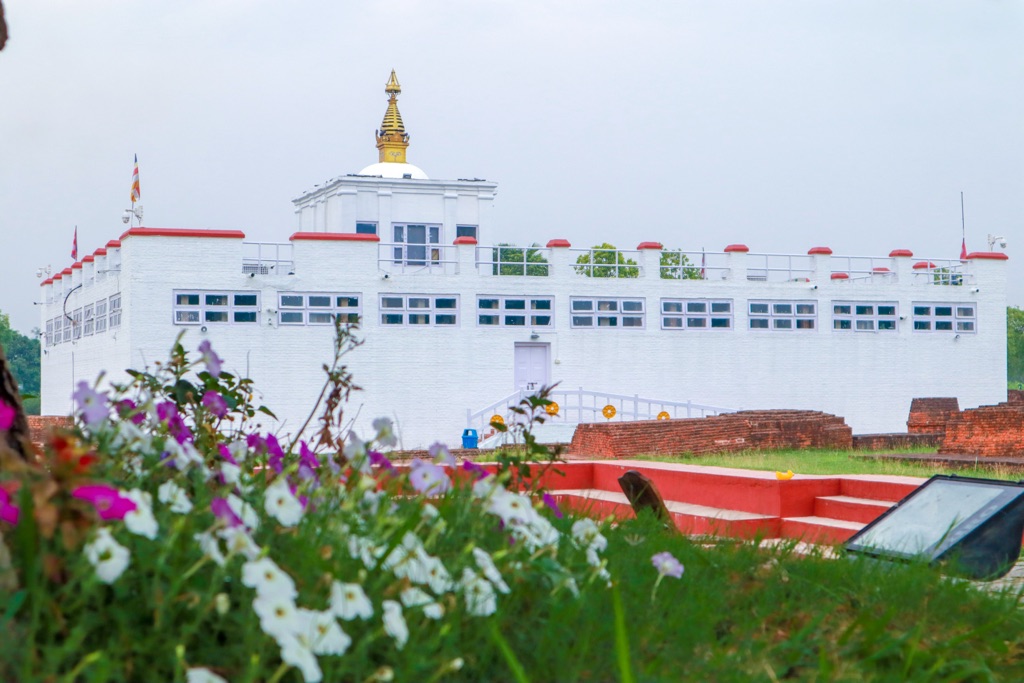Summary
Significance of Maya Devi Temple
Maya Devi Temple in Lumbini stands as a testament to spiritual reverence and historical significance. It marks the birthplace of Lord Buddha and draws pilgrims worldwide. Here, visitors can witness the ancient ruins and the exact spot where Queen Maya Devi gave birth. The temple’s sacred pond and the Ashoka pillar add to its historical richness. This serene location offers a journey back in time and provides a tranquil atmosphere for reflection and meditation.
Get your dose of History via Email
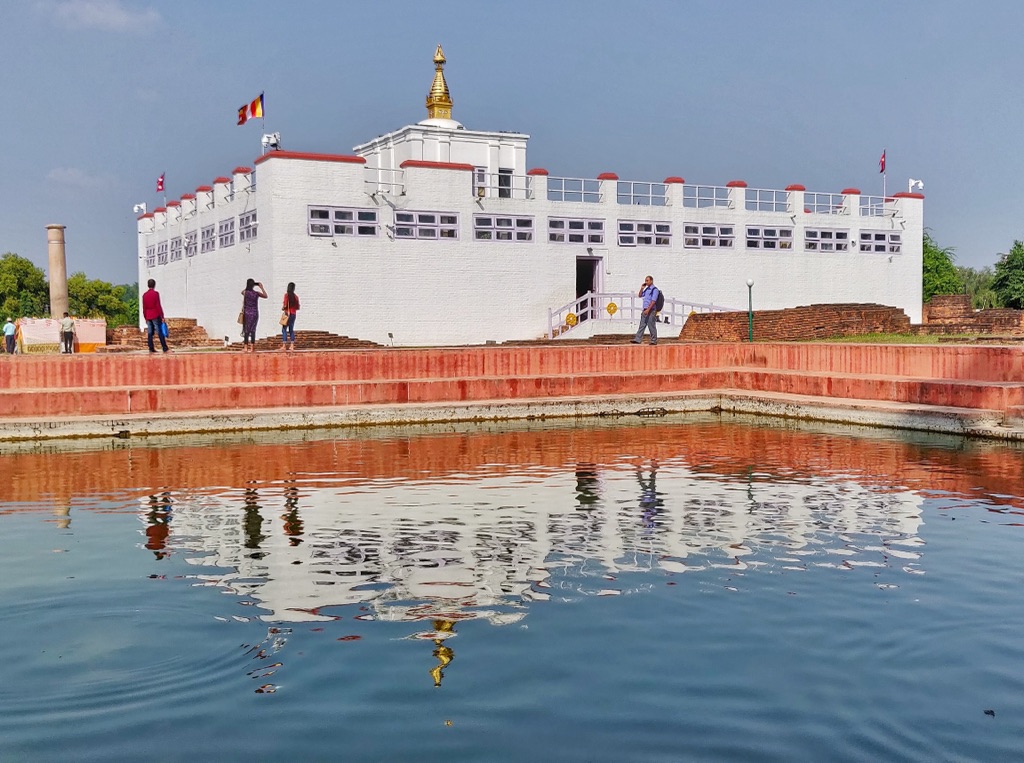
Architecture and Archaeology
The architecture of Maya Devi Temple is a blend of simplicity and grandeur, reflecting both Buddhist culture and ancient Nepali craftsmanship. Archaeological excavations reveal layers of history beneath the temple, showing how past dynasties preserved this site. Visitors can explore the remains of past temples on the grounds. Moreover, the findings provide insight into the temple’s evolution and its enduring importance in Buddhist history.
Visiting Lumbini’s Sacred Garden
Lumbini’s Sacred Garden, where the Maya Devi Temple resides, offers a peaceful escape. Lush landscapes and well-maintained pathways lead to various monuments and meditation spots. Tourists can benefit from guided tours or opt for self-discovery of the area’s heritage. The garden is not just a historical showcase but also a living space for spiritual practice. It stands as a beacon of peace and unity, echoing the teachings of Lord Buddha.
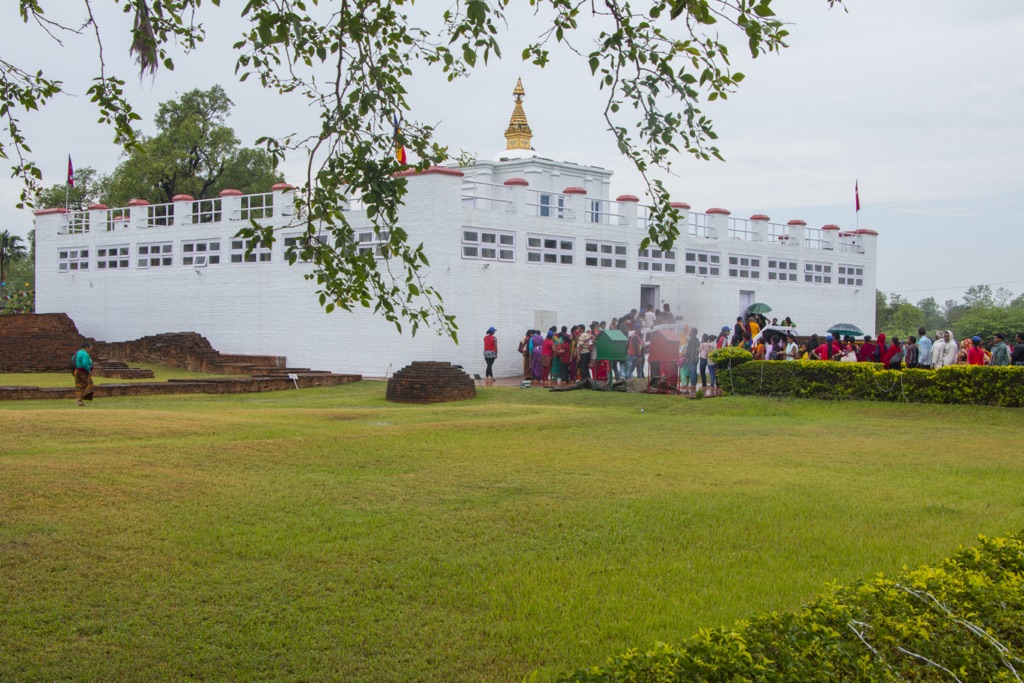
Historical Background of Maya Devi Temple, Lumbini
The Birthplace of Buddha
Lumbini’s fame stems from its status as the birthplace of Siddhartha Gautama, known as Buddha. Maya Devi Temple is at the heart of this sacred site. Legend holds that Queen Maya Devi, while en route to her parent’s home, felt the onset of labor. She grasped a branch of a tree, now marked by the temple, and gave birth to Buddha. For centuries, this site has attracted those seeking to connect with the origins of Buddhism.
Ancient Monuments and Artifacts
Excavations at Maya Devi Temple have unearthed artifacts dating back to the 3rd century BC. These findings reflect the temple’s long history of veneration and preservation. The Ashoka Pillar, erected by Emperor Ashoka himself, bears inscriptions confirming Lumbini as Buddha’s birthplace. This pillar and other archaeological treasures piece together the temple’s past, offering a tangible link to ancient traditions.
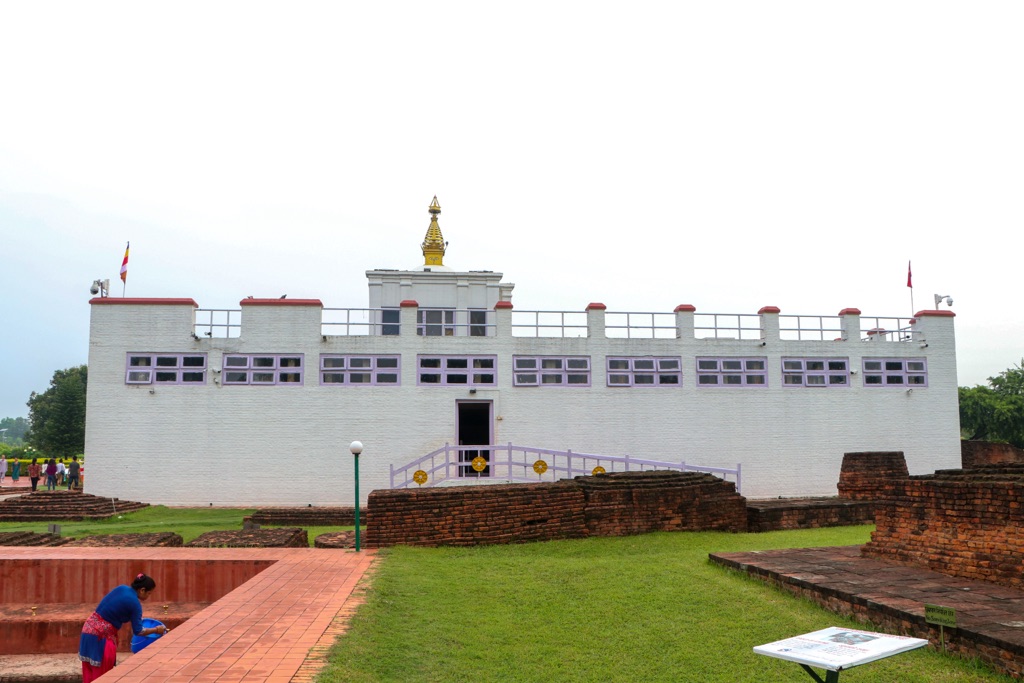
Architectural Evolution
Over time, the temple has undergone various transformations. Initially a simple structure, it was later enhanced with intricate designs and additional buildings by devout followers. The current temple encompasses both the ancient remains and modern additions, symbolizing the timeless nature of Lumbini. Each layer of construction tells a story of devotion and the spread of Buddhism throughout the region.
Pilgrimage and Preservation
As a UNESCO World Heritage site, Maya Devi Temple remains a focal point for pilgrims and historians alike. The temple not only attracts those practicing Buddhism but also visitors from around the world interested in spiritual heritage and history. Preservation efforts ensure the site stays intact, allowing future generations to experience its profound significance.
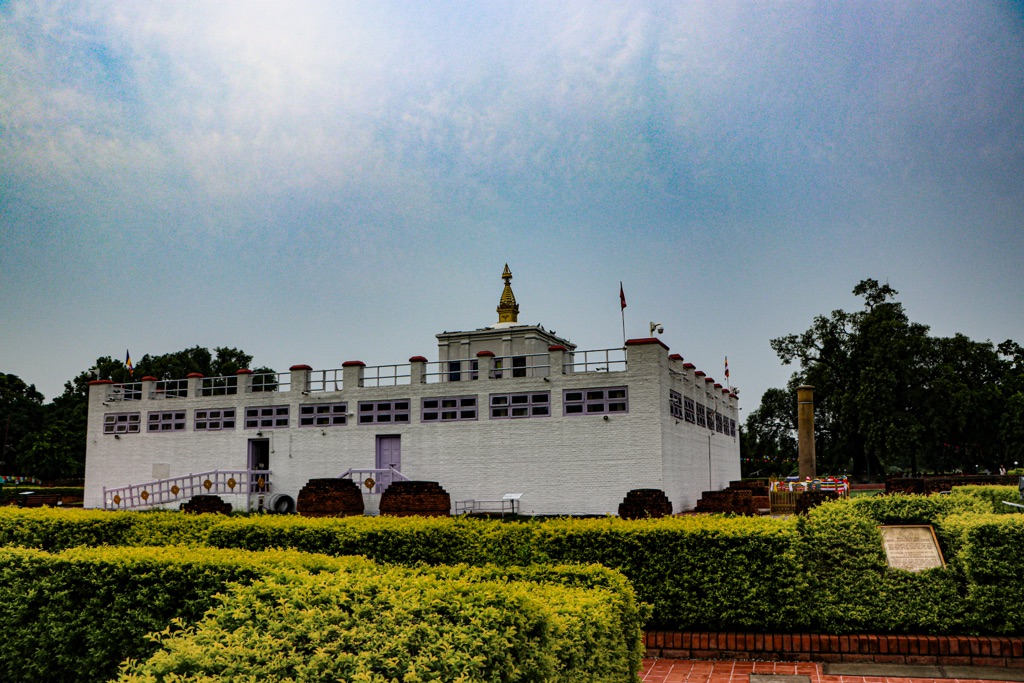
Continuing Tradition and Celebration
Today, the temple serves as a hub for festivities during Buddha Jayanti, the celebration of Buddha’s birthday. Devotees and tourists witness cultural performances and rituals. The ongoing traditions at Maya Devi Temple ensure that the story of Buddha’s life and teachings continues to inspire and enlighten visitors from near and far.
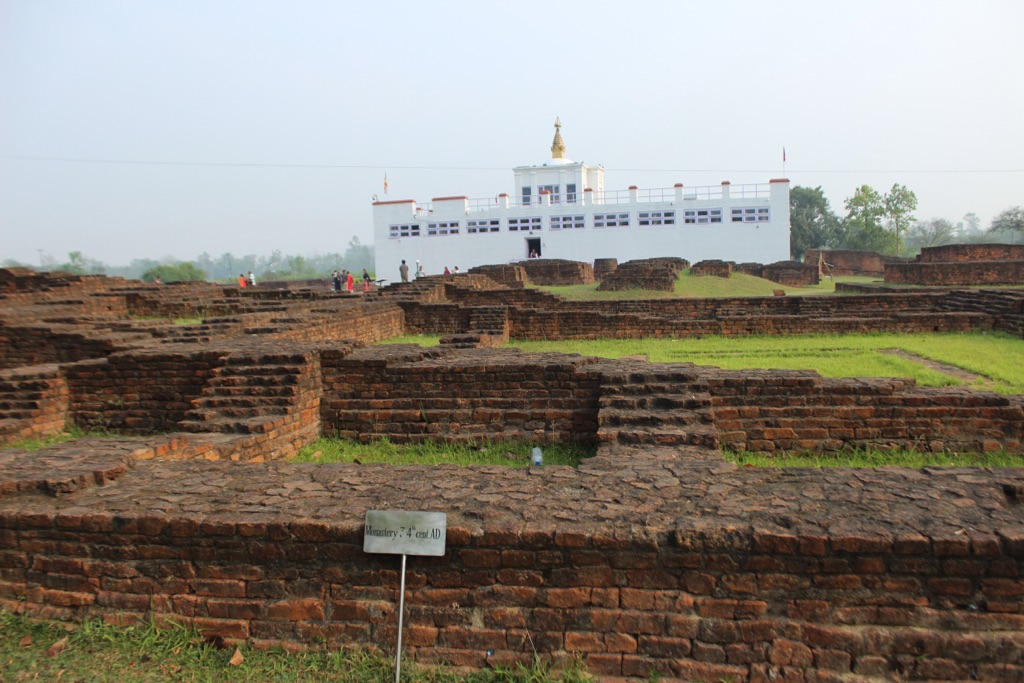
The Discovery of Maya Devi Temple, Lumbini
Initial Uncovering by Archaeologists
The lost site of Maya Devi Temple was first brought to light in 1896. Führer, a German archaeologist, alongside Nepalese counterparts, stumbled upon the Ashoka Pillar. With stone carvings, it marked Buddha’s birthplace. This striking find led to further exploration and the unearthing of the temple’s foundations. The discovery was groundbreaking, linking the site to ancient Buddhist roots for the first time in modern history.
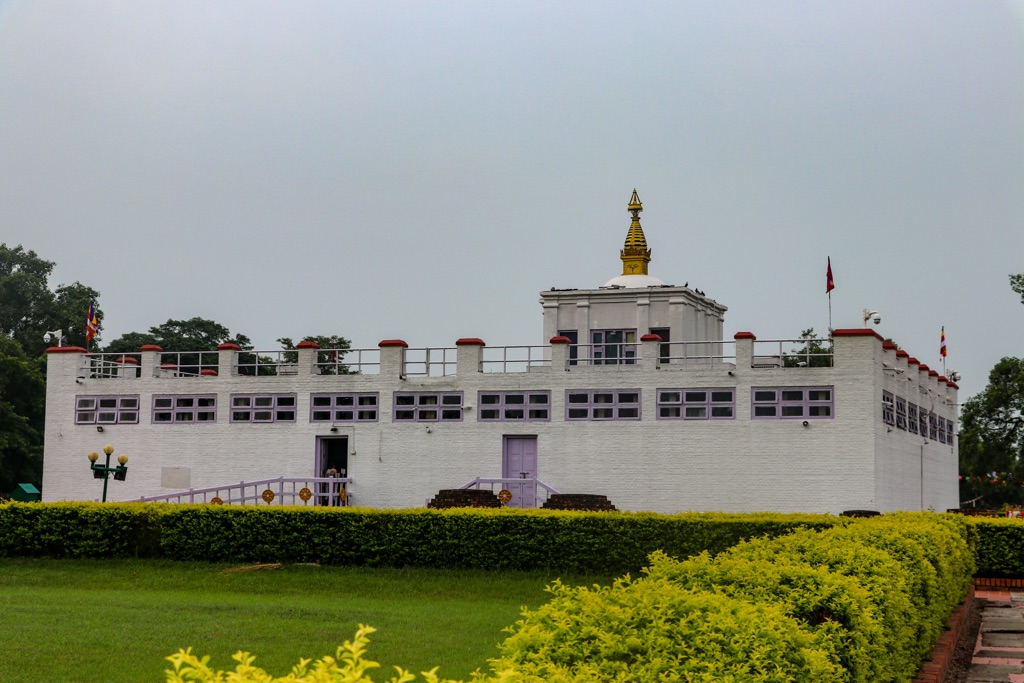
Insight from the Ashoka Pillar
The Ashoka Pillar, erected by the Mauryan emperor Ashoka, played a key role. Its inscriptions provided crucial clues that guided archaeologists. They were able to pinpoint the exact location of the sacred temple. The pillar effectively pointed the way, allowing historians to connect historical texts to real-world remnants. This emblematic column still stands as an important informational source to this day.
Excavations Leading to the Main Temple
Subsequent excavations revealed a series of older temples, beneath the current one. Each layer offered hints about the temple’s past iterations. The dig also exposed a marker stone. It supposedly pinpoints the precise spot of Buddha’s birth. These discoveries provided rich context about the site. Moreover, they forged a link between physical remnants and long-held religious lore.
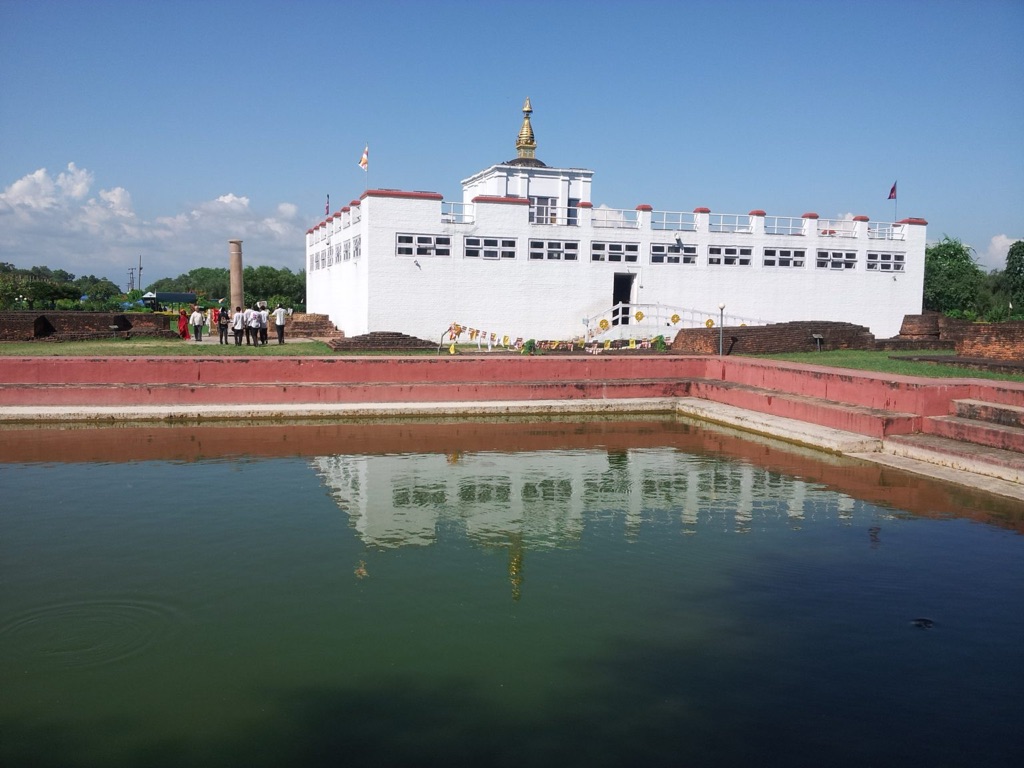
Contribution by Nepali Government and UNESCO
Recognizing the site’s global significance, the Nepali government took active steps in preservation. UNESCO’s declaration of the site as a World Heritage property in 1997 further bolstered these efforts. It fueled a new wave of archaeological interest and conservation. International collaboration ensured the site’s history did not fade into obscurity.
Lasting Impacts of the Discovery
The discovery of Maya Devi Temple has had profound impacts on both historical knowledge and modern Buddhism. It reinvigorated global interest in Buddha’s teachings. Additionally, it sparked a surge in the Buddhist pilgrimage to Lumbini. Today, the temple stands not only as a historical landmark but also as a beacon of peace and spiritual awakening.
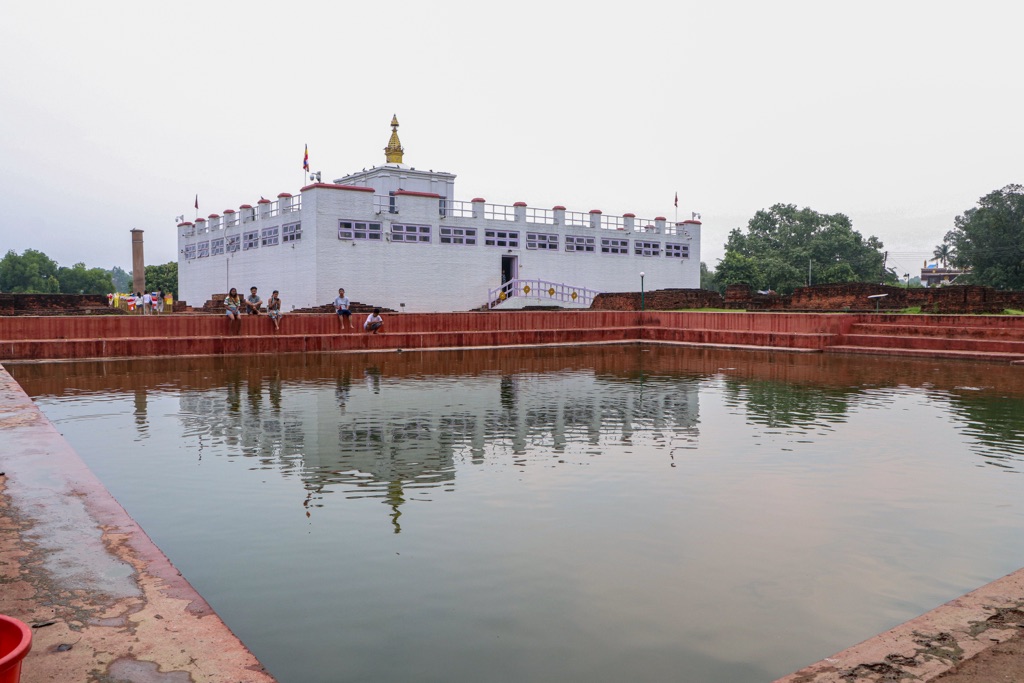
Cultural Significance, Dating methods, Theories and Interpretations
Sacred Roots in Buddhism
Maya Devi Temple is deeply rooted in Buddhist tradition. It represents the very beginning of Buddha’s journey. For many, it is not just a historical site but a living representation of enlightenment and peace. Pilgrims from across the globe visit to honor Buddha. The temple is a living reminder of the gentle power of spirituality over two millennia.
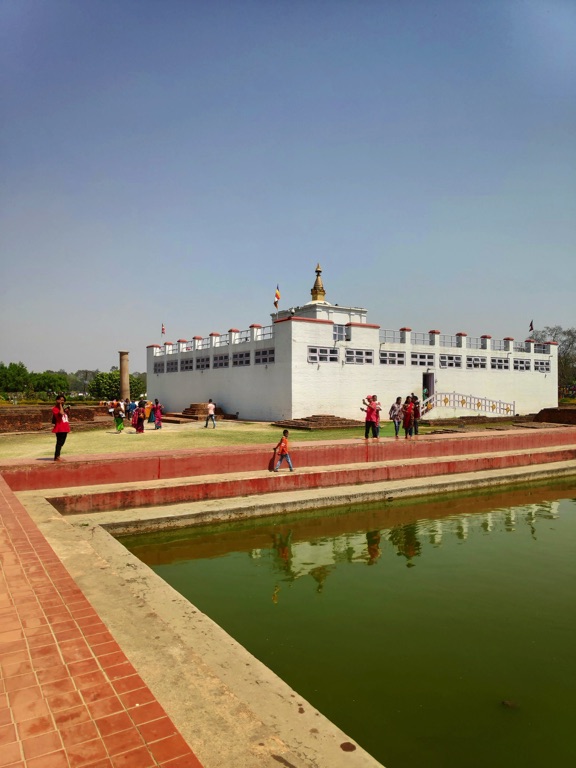
Unraveling the Temple’s Age
Carbon dating and thermoluminescence have been vital in dating the temple’s layers. These scientific methods suggest its foundations were laid in the 6th century BC. Such findings align with the time of Buddha’s birth, offering a scientific backing to traditional accounts. The data work in tandem with historical records to bring accuracy to the temple’s timeline.

Theories Behind the Sacred Garden
Scholars suggest that the layout of the Sacred Garden, which houses the temple, aligns with ancient concepts of cosmology. The garden’s design may symbolize the Buddhist worldview. However, these interpretations remain speculative without concrete evidence. They offer fascinating insights into the possible beliefs of ancient builders and worshippers.
Interpretations of Archaeological Discoveries
The archaeological excavations have led to various interpretations. Some regard the marker stone within the temple as the birth spot of Buddha. Yet, conclusive proof remains elusive. The site serves as a canvas for historical and religious theories. Each new discovery only adds to the richness and complexity of Lumbini’s narrative.
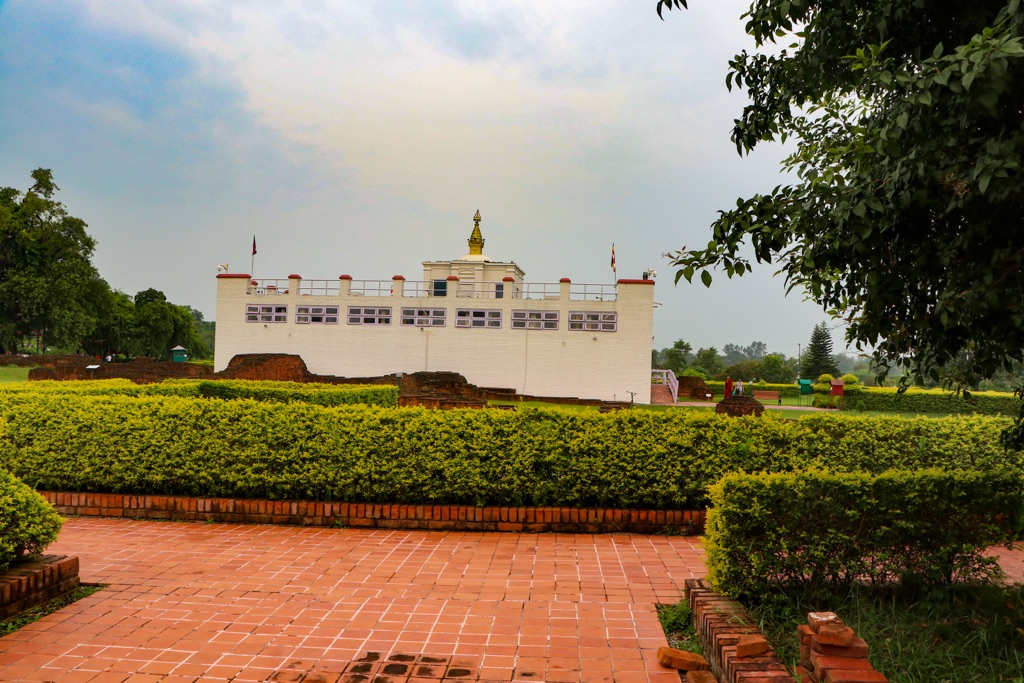
Cultural Resonance Beyond Borders
The Maya Devi Temple transcends its geographical location. It has become a cultural beacon with a global following. The temple’s influence extends to art, literature, and even diplomacy. It fosters a shared sense of cultural heritage, bridging differing backgrounds. Hence, it embodies a heritage rich with history, devotion, and scholarly pursuit.
Conclusion and Sources
In the exploration of Maya Devi Temple’s past, we have unraveled the temple’s profound historical and cultural significance. Its intimate connection with Buddha’s birth imbues the temple with spiritual importance that endures to this day. Scientific dating methods have reinforced traditional narratives, linking the site to the actual era of Siddhartha Gautama. While some theories and interpretations still rely on scholarly debate, the evidence gathered continues to shed light on this ancient treasure. The site’s allure spans beyond its religious heritage, drawing the attention of historians, architects, and travelers alike, all captivated by its story and serenity.
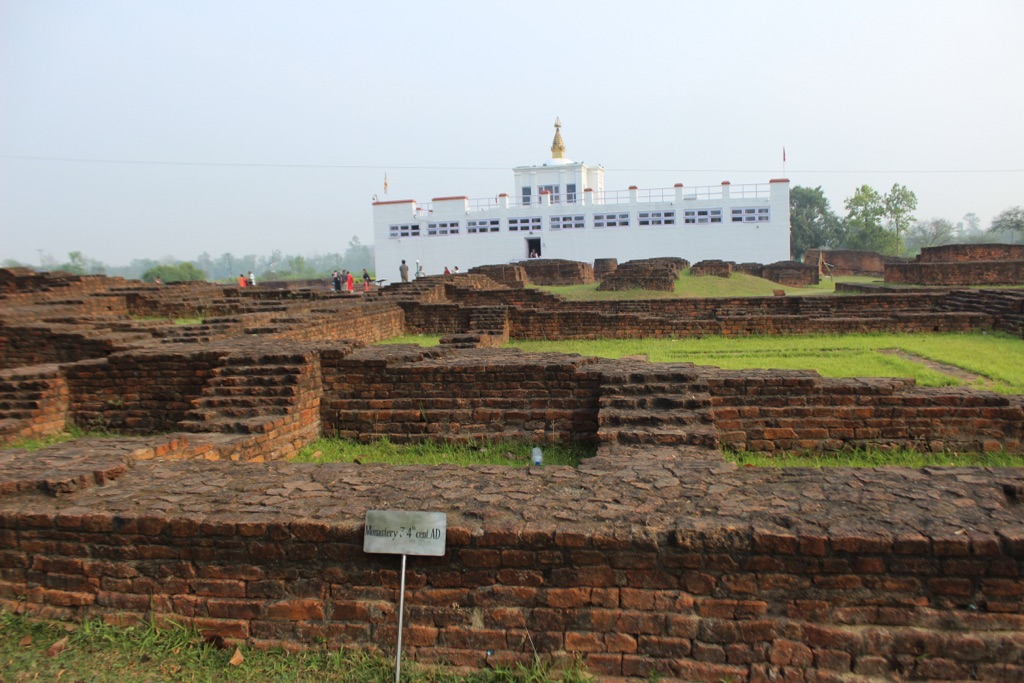
For further reading and to validate the information presented in this article, the following sources are recommended:
Or you can check any of these reputable archaeological and historical texts:
Coningham, R., & Lewer, N. (1997). ‘The date of the Buddha revisited’, Journal of the Royal Asiatic Society, vol. 7, no. 3, pp. 383–400.
Bechert, H. (1991-1992). ‘When did the Buddha live? The controversy on the dating of the historical Buddha’, Selected Papers from the International Association of Buddhist Studies, vol. 2, pp. 1–29.
Gutschow, N. (1997). ‘Lumbini: On the path to enlightenment’, Verlag Axel Menges, Stuttgart.
Huntington, J. C., & Bangdel, D. (2003). ‘The Circle of Bliss: Buddhist Meditational Art’, Serindia Publications, ISBN 1-932476-01-5.

